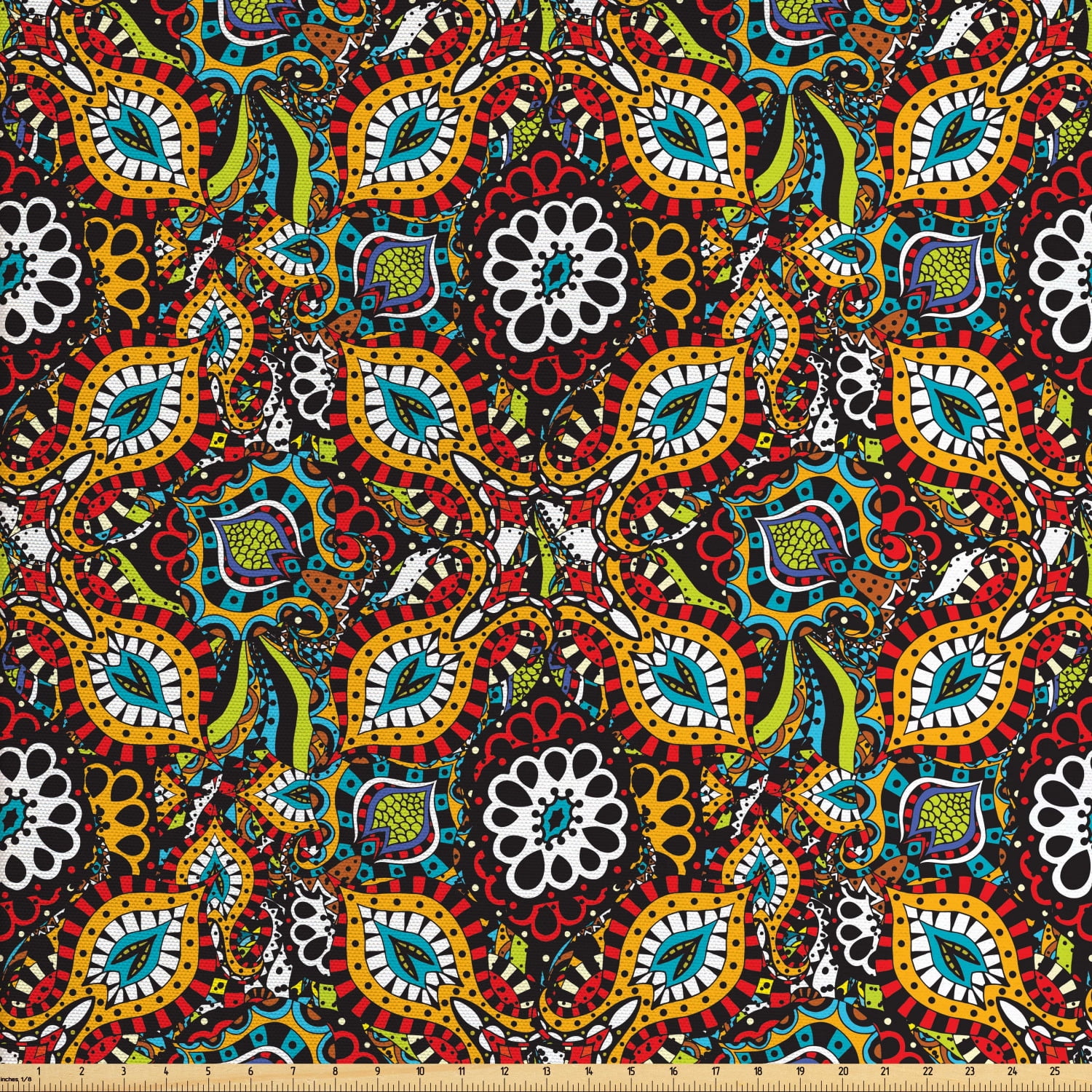

In college a series of books opened doors to my life’s work as a community historian. Streetcar Suburbs: The Process of Growth in Boston, 1870 – 1900, by Sam Bass Warner Pattern in the Material Folk Culture of the Eastern United States, by Henry Glassie The Death and Life of Great American Cities, by Jane Jacobs Walt Kelly’s Pogo comic strips offered the joy of making your own entertainment out of words and everyday human interactions, a humor based on a bedrock belief in the value of all of nature’s creatures - or was that “nature’s screechers”? Charlotte’s Web, I discovered, is not just about a Fine Pig but also about being kind, being a teacher, and loving each minute even when you know it will not last. Of the thousands of books from my youth, these are two that I re-read with our daughter Lydia and found I loved even more, thirty years onward. Find his writings at Books from Childhood He joined the Library’s Robinson-Spangler Carolina Room as the Library’s Historian-In-Residence in 2019. He writes a column on international restaurants for the Charlotte Observer, “Food From Home,” gives tours including the ongoing “Charlotte in Black & White and More” for Community Building Initiative, and lectures frequently on our city’s history. But he hasn’t given up work as a community historian. Tom Hanchett retired recently after many years with Levine Museum of the New South and earlier with Charlotte Mecklenburg Historic Landmarks. Material Culture-Henry Glassie, George Jevremovic, and William T.Dr. He has been a Guggenheim Fellow and a Fellow of the National Humanities Institute he has also served as President of the Vernacular Architecture Forum and of the American Folklore Society. Henry Glassie is College Professor of Folklore and Co-director of Turkish Studies at Indiana University. It will appeal to anyone interested in pottery and the study of folklore and folk art. Is nature favored, or culture? Are individual needs or social needs more important? Do utilitarian or aesthetic concerns dominate in the transformation of nature?" -from the Introduction The Potter's Art discusses and illustrates the work of modern masters of traditional ceramics from Bangladesh, Sweden, various parts of the United States, Turkey, and Japan.


Governed by desire, the artist's work answers questions of value. "Coming into being, the work of art, this very pot, creates relations-relations between nature and culture, between the individual and society, between utility and beauty.


 0 kommentar(er)
0 kommentar(er)
